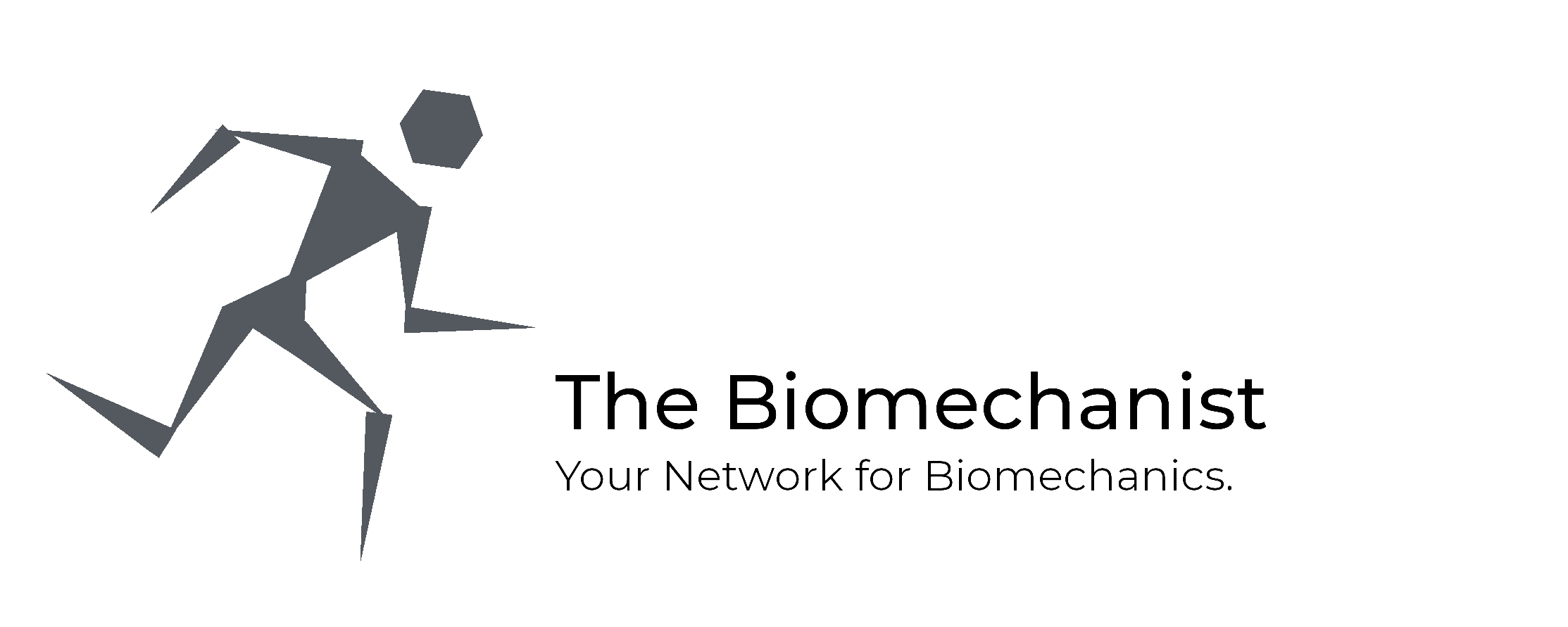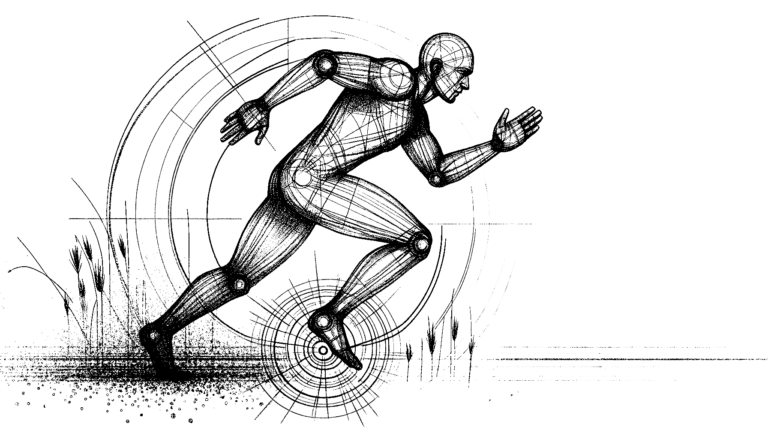In the realm of biomechanics, the principles that govern the motion of celestial bodies are equally applicable to the dynamics of human movement. Sir Isaac Newton’s Three Laws of Motion, foundational to classical mechanics, offer profound insights into the biomechanical aspects of motion and lay the basis of human movement. By breaking down these laws, we gain an understanding of how human beings make use of and adapt to the forces that govern our physical world.
- Law of Motion: The Law of Inertia
- Law of Motion: The Law of Acceleration
- Law of Motion: The Law of Action and Reaction
Newton’s First Law of Motion: The Law of Inerti
This law, commonly referred to as the Law of Inertia, posits that an object will maintain its state of rest or uniform motion unless acted upon by an external force. Everything in our universe that consists of matter, i.e. every physical body, has a mass. And because of this mass, it has an inertia. Inertia is the ability to resist a change in the state of motion. The greater the mass, the greater the inertia and the more difficult it is to change a state of motion.
Real-World Application:
Watch this video, it explains the law of inertia quite well:
A skateboarder on his skateboard hits an obstacle at the ground, stopping the skateboard immediately. The skateboarder himself continues at his uniform movement path, because no external force acts upon him, just on the skateboard.
Newton’s Second Law of Motion: The Law of Acceleration
The Second Law, expressed as Force = Mass x Acceleration (F=ma), quantifies the relationship between force, mass, and acceleration. A force (F) acting on a body with the mass (m) gives it an acceleration (a). This leads to a change in the state of motion. If several forces act on a body, the movement depends on the sum of all forces (∑F). Important is that forces a vectors, meaning next to its magnitude, they also have a direction of action.
Real-World Application:
This principle is particularly important in understanding the biomechanics of starting and stopping movements in sports. Consider a basketball player abruptly stopping or changing direction, performing a so-called cutting maneuver. The player’s body wants to continue its motion due to inertia. It requires considerable force applied through the feet against the ground to overcome this inertia. This force depends on the deceleration and acceleration rates the player wants to achieve (i.e. how „fast“ he wants to change directions) and the mass of the player. Further the player needs to produce the force into the correct direction to fulfill the cutting maneuver correctly.
Newton’s Third Law of Motion: The Law of Action and Reaction
This law states that for every action, there is an equal and opposite reaction. For every acting force there is a reaction force of equal magnitude, but acting in the opposite direction to this force. In biomechanics, this law is fundamental in analyzing movements where the body interacts with external objects or surfaces.
Real-World Application:
When a gymnast performs a vault, they exert force downward and backward against the springboard. In response, the springboard exerts an equal and opposite force upward and forward, propelling the gymnast into the air.
Conclusion:
The principles established by Sir Isaac Newton are not just theoretical constructs, but are clearly illustrated in biomechanics. These laws allow us to analyze and understand complex human movements, from the graceful arc of a diver to the explosive take-off of a sprinter. They provide a framework for analyzing and optimizing performance, understanding injury mechanisms and developing effective training strategies.




